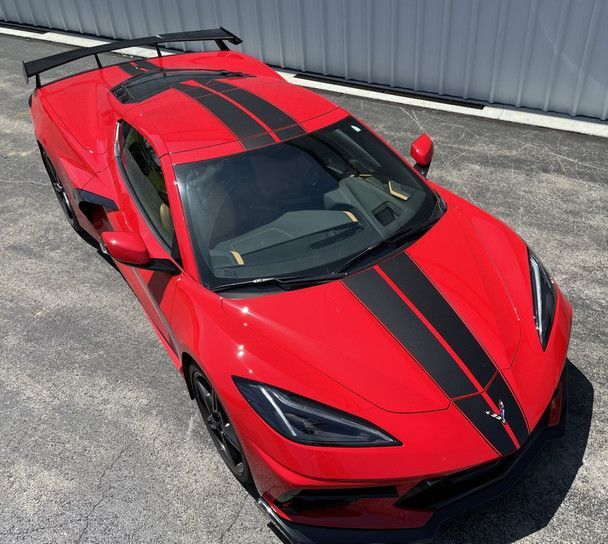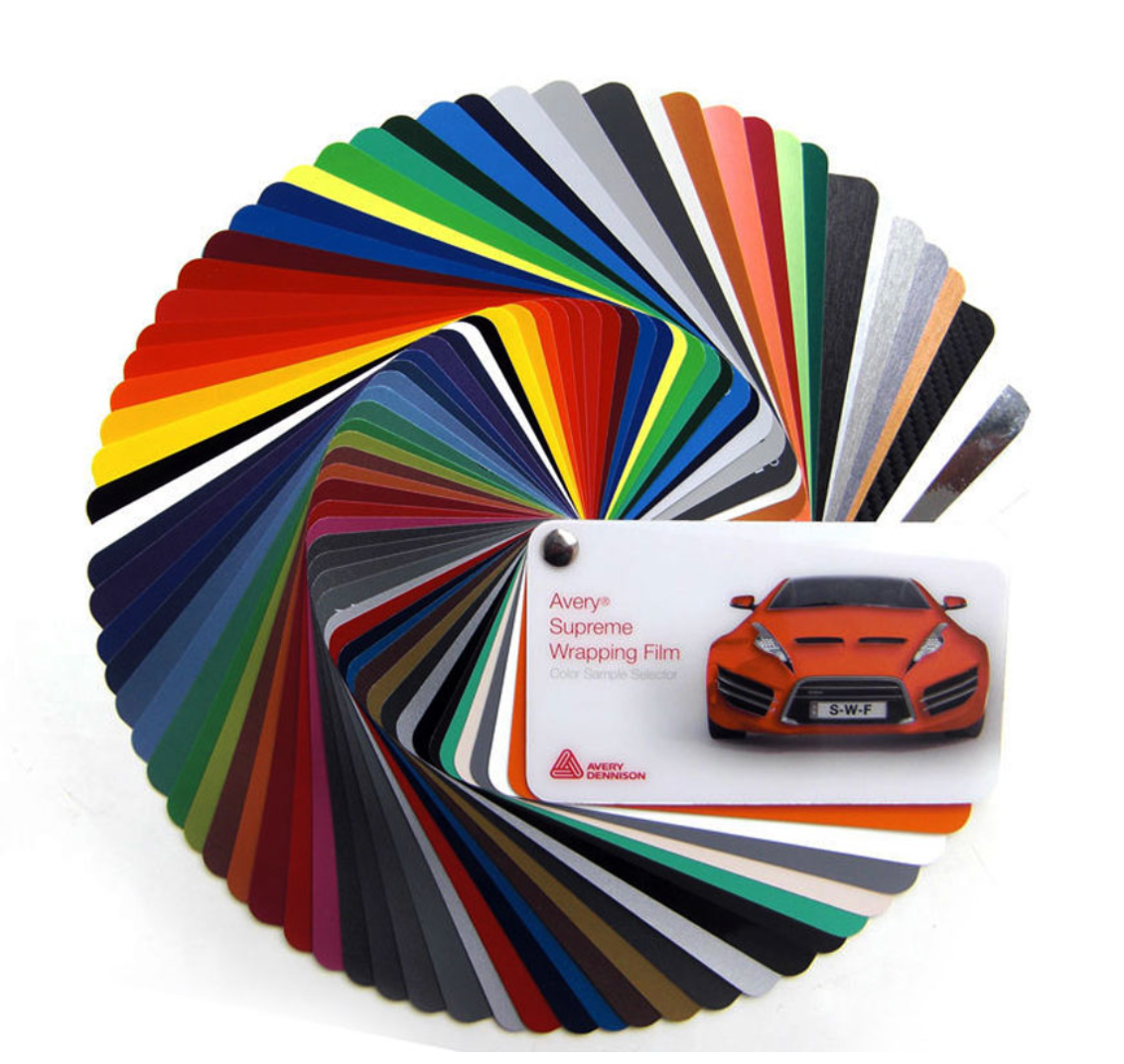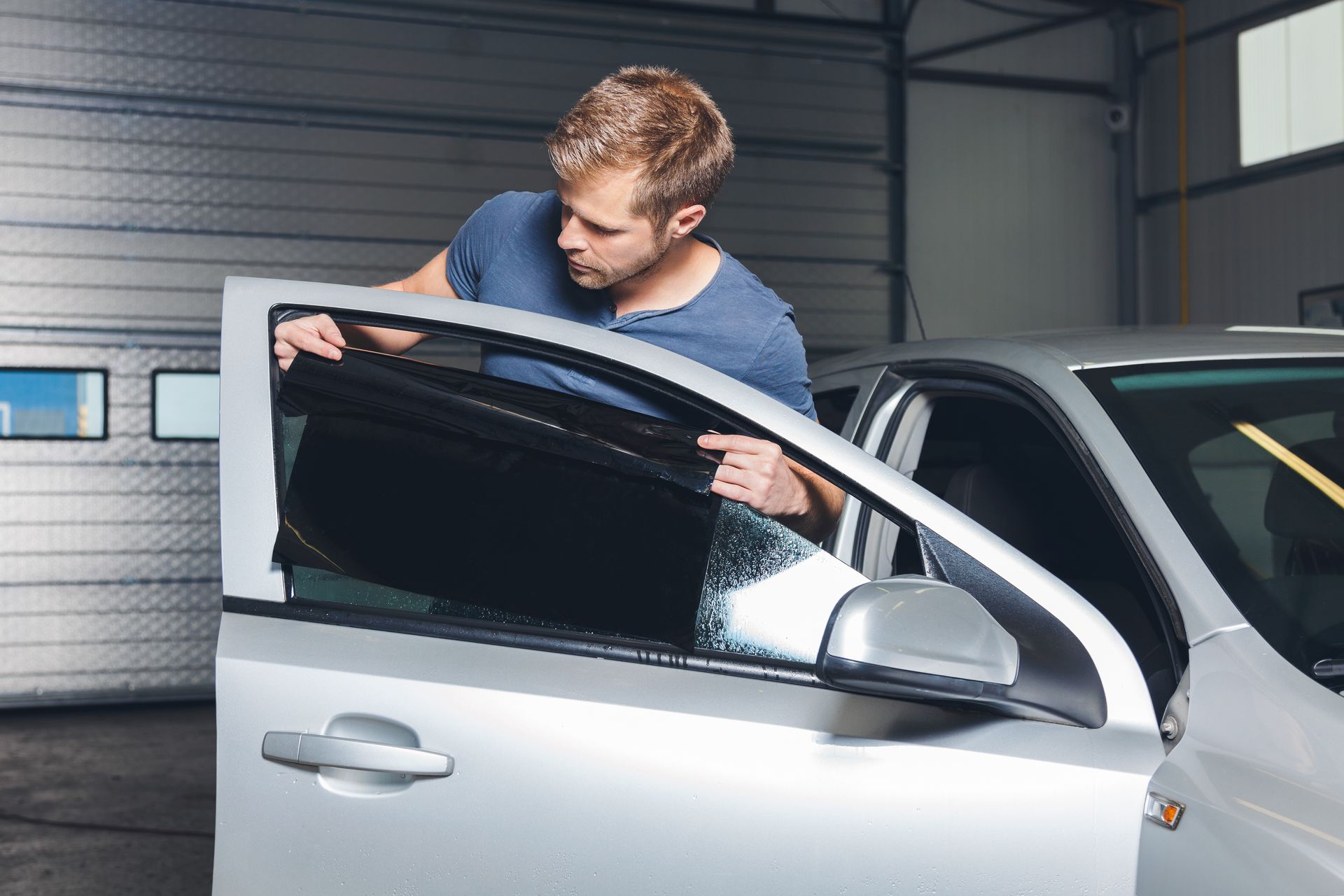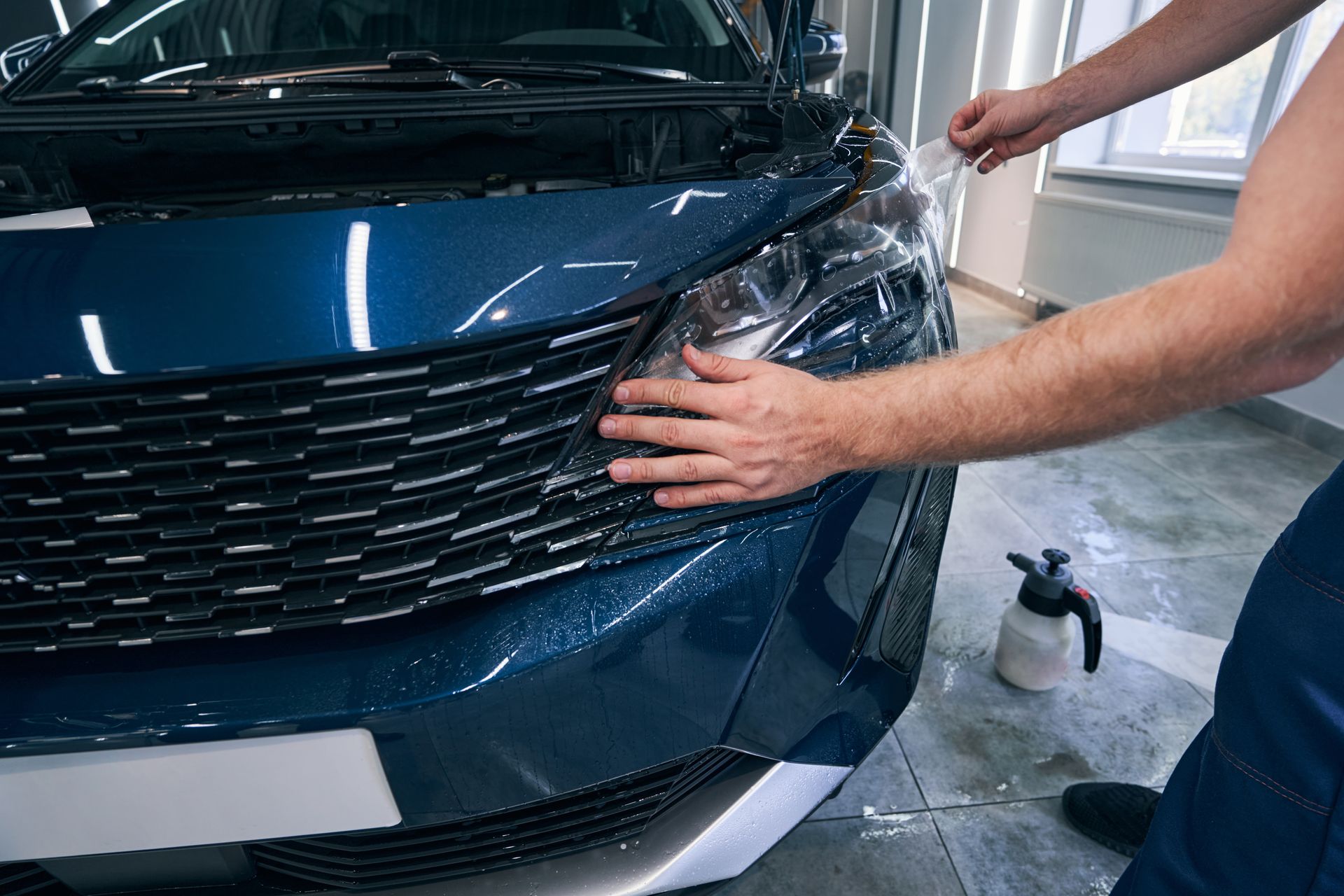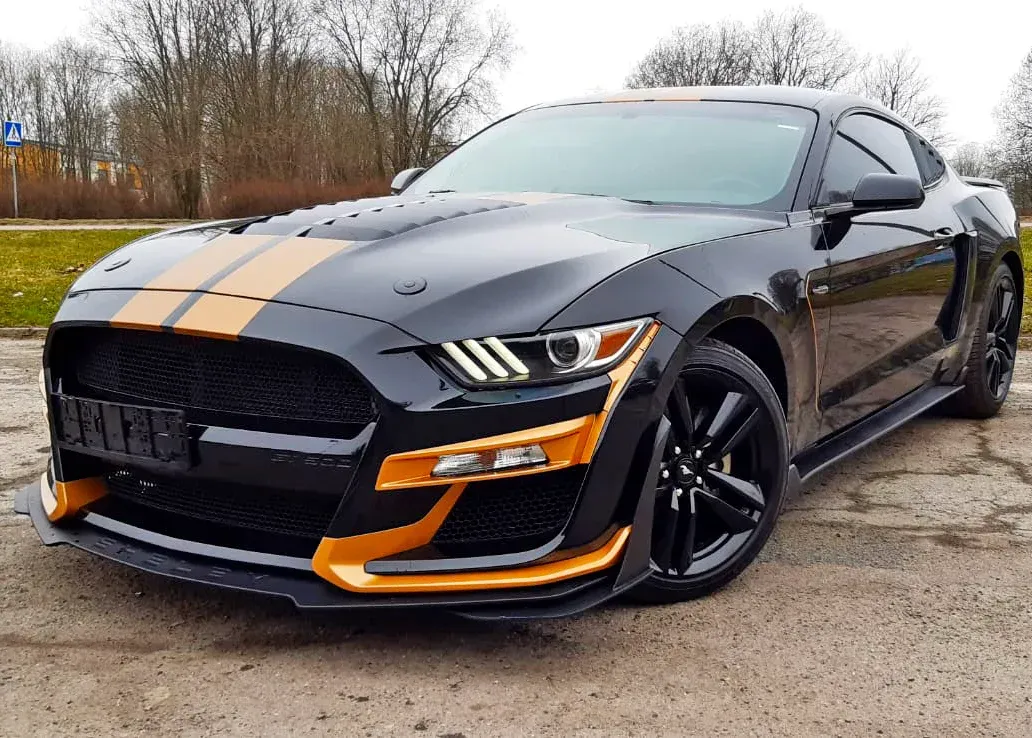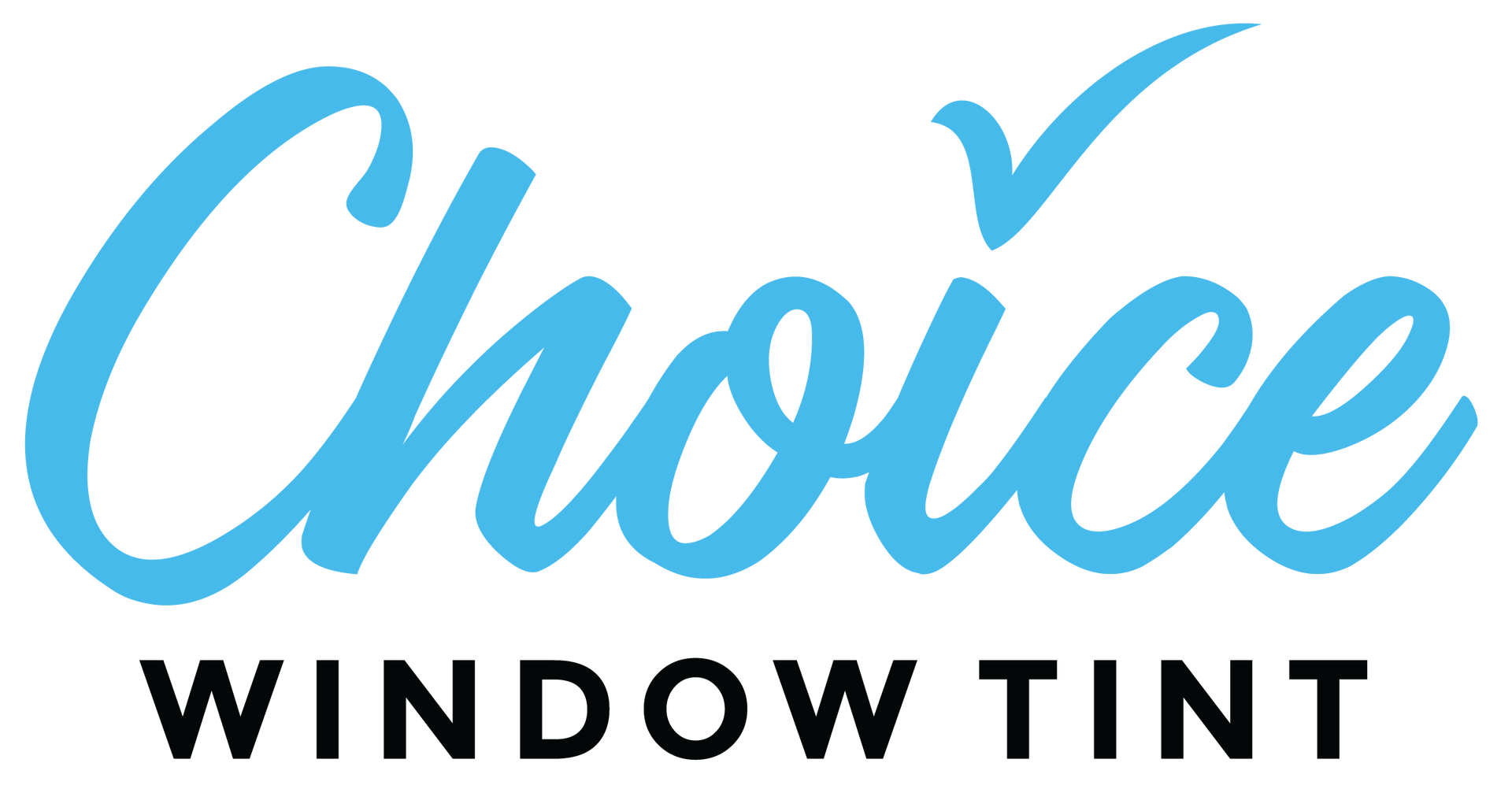Article
Shielding Your Ride: The Advantages of Car Paint Protection Film
Are you tired of seeing your car's paint job deteriorate over time? Whether it's from rock chips, scratches, or environmental damage, maintaining the pristine look of your vehicle can be a challenge. This is where car paint protection film (PPF) comes into play. In this comprehensive guide, we'll explore the numerous advantages of PPF and why every car enthusiast and vehicle owner should consider it. From understanding how it works to tips on choosing the right type, we've got you covered. Let's get started on the road to a protected and polished vehicle.
Introduction to Car Paint Protection Film
Car paint protection film, commonly known as PPF, is a transparent layer applied to the exterior surfaces of a vehicle. Originally developed for military purposes, PPF has evolved into a must-have for car enthusiasts and vehicle owners who value the appearance and longevity of their cars. This film acts as a shield, safeguarding the paint from various external aggressors while preserving its original shine.
PPF is typically made from elastomeric polymers that have self-healing properties, enabling the film to absorb minor scratches and return to its original form. It's a popular choice for those who want to protect their investment without altering the car's aesthetics. With advancements in technology, modern PPF options offer enhanced durability and versatility, making them suitable for all types of vehicles.
Advantages of PPF for Vehicle Owners
Protection Against Rock Chips, Scratches, and Environmental Damage
One of the primary benefits of PPF is its ability to protect your vehicle's paint from rock chips, scratches, and environmental damage. When driving, your car is constantly exposed to debris that can chip away at the paint. PPF acts as a barrier, absorbing the impact and preventing these small but significant damages.
Additionally, PPF offers protection against environmental factors such as bird droppings, tree sap, and acid rain, all of which can cause permanent damage to your paint. The film's UV-resistant properties also prevent fading and discoloration, ensuring your car looks as good as new for years to come. By shielding your vehicle from these threats, PPF not only maintains its appearance but also reduces the need for frequent touch-ups and paint jobs, saving you time and money in the long run.
Enhancement of Resale Value
Another significant advantage of PPF is its potential to enhance your vehicle's resale value. A well-maintained exterior can make a substantial difference when it comes to selling your car. Prospective buyers are more likely to be attracted to a vehicle with flawless paint, as it indicates that the owner has taken good care of it.
PPF preserves the original paint, preventing common wear and tear that can detract from the car's value. When it comes time to sell, you can confidently command a higher price, knowing that your vehicle stands out in the market. In essence, PPF serves as an investment that pays off by boosting the resale value of your car.
Long-Term Cost Savings on Paint Maintenance
While the initial cost of installing PPF might seem high, it offers long-term cost savings on paint maintenance. Traditional methods of maintaining a car's paint job, such as waxing and polishing, require regular attention and can add up over time. PPF, on the other hand, provides a durable, low-maintenance solution that keeps your paint looking pristine.
The self-healing properties of PPF mean that minor scratches and blemishes disappear on their own, reducing the need for professional repairs. This durability translates to fewer visits to the auto body shop and lower overall maintenance costs. For vehicle owners who want to keep their cars in top condition without breaking the bank, PPF is an excellent choice.
Types of PPF and Their Features
Self-Healing PPF
Self-healing PPF is a revolutionary product that has transformed the car protection industry. Made from advanced elastomeric polymers, this type of PPF can repair itself from minor scratches and swirl marks. When exposed to heat, such as sunlight or warm water, the material "heals" by returning to its original form, making surface imperfections disappear. This feature is particularly beneficial for car owners who frequently drive in areas with road debris or park in crowded places where scratches are more likely to occur. With self-healing PPF, you can enjoy peace of mind knowing that your car's paint will remain immaculate despite everyday wear and tear.
Matte Finish PPF
For those who prefer a unique look, matte finish PPF offers the same protective benefits as traditional PPF but with a sleek, non-glossy appearance. This type of film is perfect for car enthusiasts who want to stand out from the crowd and give their vehicle a distinctive edge. Matte finish PPF not only enhances the aesthetic appeal but also provides the same level of protection against scratches, rock chips, and environmental damage. The matte finish adds an extra layer of sophistication to any car, making it a popular choice among luxury vehicle owners. Additionally, it hides fingerprints and smudges better than glossy finishes, ensuring your car always looks clean and well-maintained.
Clear Bra PPF
Clear bra PPF, also known as a transparent protective film, is designed to cover the most vulnerable areas of your vehicle, such as the front bumper, hood, side mirrors, and fenders. This type of PPF is perfect for those who want to protect specific parts of their car from damage while maintaining the original paint's appearance. Clear bra PPF is highly durable and resistant to yellowing, ensuring long-lasting protection. It's an excellent option for vehicle owners who want targeted protection without committing to a full-body PPF installation. The clear bra is nearly invisible, allowing the beauty of your car's paint to shine through while offering robust protection against everyday hazards.
How PPF Works and Installation Process
PPF Science
Understanding how PPF works can help you appreciate its protective capabilities. PPF is made from multiple layers of advanced polymers that create a strong yet flexible barrier. The top layer is typically a clear coat that provides UV resistance and self-healing properties, while the middle layer offers impact resistance to absorb minor damages. The adhesive layer ensures a secure bond to the vehicle's surface without damaging the paint. When applied, PPF acts as a sacrificial layer, taking the brunt of impacts from debris, scratches, and environmental elements. This means that any damage is inflicted on the film rather than the car's paint, preserving the vehicle's original appearance.
Installation Process
Installing PPF requires precision and expertise to ensure a seamless finish. The process begins with thoroughly cleaning the vehicle's surface to remove any dirt, wax, or contaminants. This step is crucial for achieving a smooth and long-lasting application.
Next, the PPF is carefully measured and cut to fit the specific areas of the car. Some installers use pre-cut kits, while others custom cut the film for a perfect fit. The film is then applied to the vehicle using a special solution that allows it to be re-positioned until it aligns correctly.
Once in place, the installer uses a squeegee to remove any air bubbles and excess solution, ensuring a smooth and even application. The edges are meticulously trimmed and sealed to prevent lifting and ensure durability. The final step involves curing the film with heat, which activates the adhesive and enhances the self-healing properties.
Addressing Common Misconceptions about PPF
Misconception 1: PPF is Too Expensive
One common misconception about PPF is that it's prohibitively expensive. While the initial cost may be higher than other forms of paint protection, the long-term benefits and cost savings make it a worthwhile investment. PPF reduces the need for frequent touch-ups and paint repairs, ultimately saving you money over time. Additionally, the enhanced resale value of a vehicle with well-maintained paint can offset the initial investment in PPF. When you consider the overall value it provides, PPF is a cost-effective solution for protecting your car's exterior.
Misconception 2: PPF Will Alter My Car's Appearance
Some car owners worry that PPF will change the appearance of their vehicle. However, modern PPF is designed to be virtually invisible, preserving the original look of your car's paint. Whether you choose clear bra PPF or a matte finish, the film enhances the vehicle's aesthetics without altering its appearance. The high-quality materials used in PPF are resistant to yellowing and fading, ensuring that your car maintains its factory finish. With proper installation, PPF can actually enhance the gloss and depth of your paint, giving your vehicle a showroom-like appearance.
Misconception 3: PPF is Difficult to Maintain
Another misconception is that PPF is challenging to maintain. In reality, PPF is designed to be low-maintenance and durable. Regular washing and occasional waxing are usually sufficient to keep the film looking its best. The self-healing properties of many PPF options mean that minor scratches and swirl marks disappear with exposure to heat, reducing the need for frequent maintenance.
PPF is also resistant to stains and contaminants, making it easier to clean than unprotected paint. By following simple care guidelines, you can enjoy the benefits of PPF without the hassle of intensive upkeep.
Tips for Choosing the Right PPF for Your Vehicle
Consider Your Driving Environment
When selecting PPF for your vehicle, consider your typical driving environment. If you frequently drive on highways or in areas with a lot of road debris, a thicker, more durable PPF may be the best choice. For urban driving, where the risk of rock chips and debris is lower, a standard thickness PPF can provide adequate protection. Understanding your driving conditions will help you choose a PPF that offers the right level of protection for your needs.
Evaluate Your Aesthetic Preferences
Your aesthetic preferences also play a role in choosing the right PPF. If you want to maintain the original look of your car's paint, clear PPF is an excellent option. For a more unique appearance, consider matte finish PPF, which adds a sophisticated edge to your vehicle.
Additionally, some PPF options come with hydrophobic properties that repel water and dirt, keeping your car cleaner for longer. Evaluate the available features and select a PPF that aligns with your style and maintenance preferences.
Research and Choose a Reputable Installer
The quality of the installation is just as important as the quality of the PPF itself. Research and choose a reputable installer with experience in applying PPF. Look for reviews and testimonials from previous customers to gauge the installer's expertise and customer satisfaction. A skilled installer will ensure a seamless application, maximizing the protective benefits and longevity of the PPF. Don't hesitate to ask questions about the installation process and the types of PPF they offer to make an informed decision.
Wrapping Up
Automotive paint protection film offers numerous advantages for vehicle owners and car enthusiasts. From safeguarding against rock chips and environmental damage to enhancing resale value and reducing maintenance costs, PPF is a valuable investment in your vehicle's longevity and appearance. By understanding the different types of PPF, addressing common misconceptions, and choosing the right film for your needs, you can enjoy the benefits of a protected and pristine vehicle. Don't wait—consider adding PPF to your car today and experience the difference for yourself.
So, what are you waiting for? Enhance the life and appearance of your vehicle with our PPF solutions! Contact Choice Window Tint at 317-854-5454 for full-service automotive paint protection film installation in Greenwood, Indiana. Schedule an evaluation today!
Related Posts:
Invisible Armor: The Comprehensive Benefits of Automotive Clear Bra
Paint Protection Films for Vehicles: The Ultimate Guide for Car Enthusiasts
The Ultimate Guide to Paint Protection Film (PPF) for Luxury Cars
share this
CHOICE WINDOW TINT
Related POSTS
OUR RECENT BLOGS
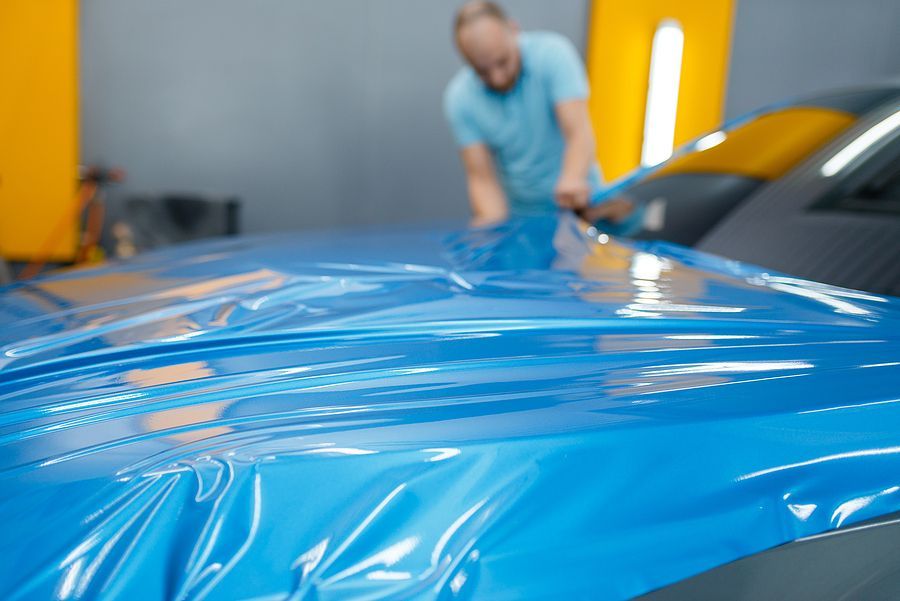
STAY UP TO DATE
GET The
LATEST
Receive the latest product and industry information from Choice Window Tint
Contact Us
